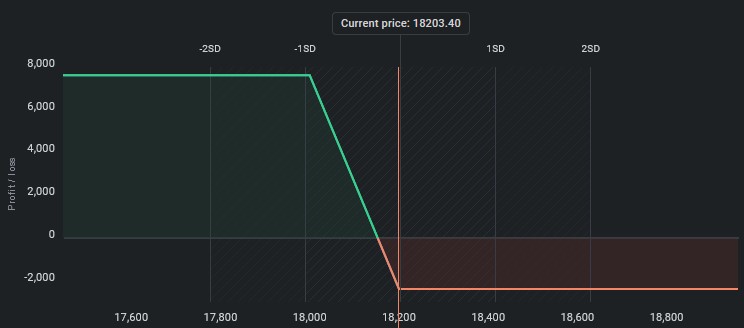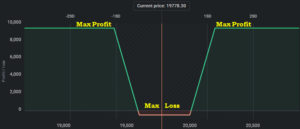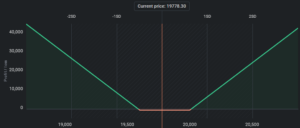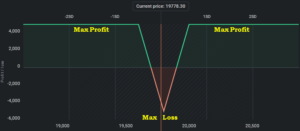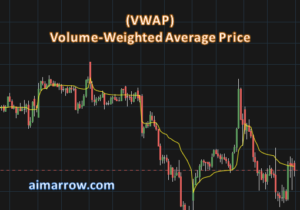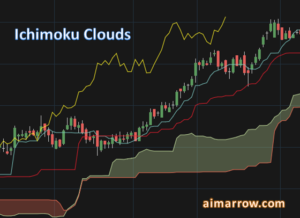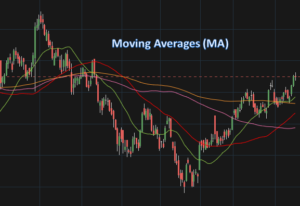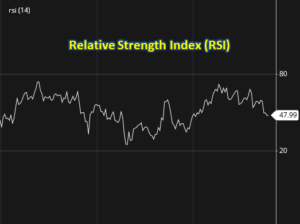Bear Put Spread Options Trading Strategy | Step-by-Step Execution Process, Payoff Graph, Pros & Cons, Adjustments
Overview of Bear Put Spread Strategy
The ‘Bear Put Spread‘ options trading strategy is a bearish strategy that is used when an investor believes that the underlying asset’s price will decrease in the short term. This strategy involves purchasing a put option with a higher strike price while simultaneously selling a put option with a lower strike price. The idea behind this strategy is to limit potential losses while still allowing for potential profits if the underlying asset’s price decreases.
Example of Bear Put Spread Strategy
Let’s say that an investor believes that the price of ABC stock, which is currently trading at $50, will decrease in the near future. The investor decides to use the ‘Bear Put Spread’ options trading strategy to profit from this prediction.
First, the investor purchases a put option with a strike price of $55 for a premium of $2.50 per share, which gives them the right to sell ABC stock at $55.
Next, the investor sells a put option with a strike price of $45 for a premium of $1 per share, which obligates them to buy ABC stock at $45 if the price falls below that level.
By selling the put option with a lower strike price, the investor reduces the cost of the strategy and also limits their potential losses if the stock price drops.
Step-by-Step Process of Executing Bear Put Spread Strategy
Here are the steps to execute the ‘Bear Put Spread’ options trading strategy:
- Determine a bearish outlook on the underlying asset.
- Choose an expiration date and strike prices for both the long and short put options.
- Buy a put option with a higher strike price.
- Sell a put option with a lower strike price.
- Calculate the net cost of the strategy by subtracting the premium received from the premium paid.
- Monitor the trade and make adjustments as necessary.
Pros and Cons of Bear Put Spread Strategy
Pros:
- Limited downside risk: The sale of the put option with the lower strike price limits potential losses.
- Reduced cost: The sale of the put option with the lower strike price reduces the cost of the strategy.
- Profit potential: There is still potential for profits if the underlying asset’s price decreases.
Cons:
- Limited upside potential: The maximum profit is limited by the difference in strike prices minus the net cost of the strategy.
- Timing: The strategy is time-sensitive, as it is most effective when the underlying asset’s price decreases before the expiration date.
Payoff Graph for Bear Put Spread Strategy
The payoff graph for the ‘Bear Put Spread’ options trading strategy looks like an inverted V, with the profit or loss on the y-axis and the underlying asset’s price on the x-axis. The maximum profit is achieved when the price of the underlying asset is below the strike price of the short put option at expiration.
Adjustments to Bear Put Spread Strategy
When in Profit:
If the underlying asset’s price decreases as anticipated and the strategy is profitable, an investor may consider adjusting the strategy by:
- Closing the position: If the price has reached the lower strike price of the short put option, an investor may choose to close the position to lock in profits.
- Rolling the strategy: An investor may choose to roll the strategy by closing out the current positions and opening new ones with different expiration dates and/or strike prices.
When in Loss:
If the underlying asset’s price increases instead of decreasing as anticipated and the strategy is in a loss position, an investor may consider adjusting the strategy by:
- Cutting losses: An investor may choose to close the position to cut losses and prevent further losses.
- Adjusting the strategy: An investor may consider adjusting the strategy by rolling the short put option to a higher strike price or extending the expiration date to give the underlying asset more time to decrease in price.
It’s important to note that adjustments should only be made if the investor’s outlook on the underlying asset has not changed. If the outlook has changed, it may be better to close the position and re-evaluate the situation.
Conclusion
The ‘Bear Put Spread‘ options trading strategy is a bearish strategy that allows investors to profit from a predicted decrease in the underlying asset’s price while limiting potential losses. It involves purchasing a put option with a higher strike price while simultaneously selling a put option with a lower strike price. The strategy’s benefits include limited downside risk, reduced cost, and potential for profits. However, the strategy also has limited upside potential and requires precise timing. It’s important to monitor the trade and make adjustments as necessary, such as closing the position, rolling the strategy, or adjusting the strike prices and expiration dates. As with any investment strategy, it’s important to conduct thorough research and seek professional advice before making any investment decisions.
